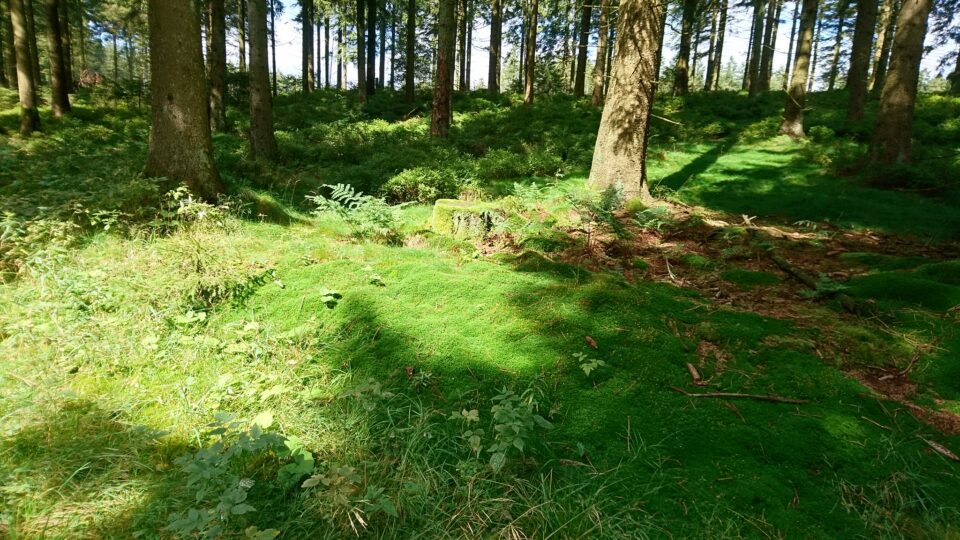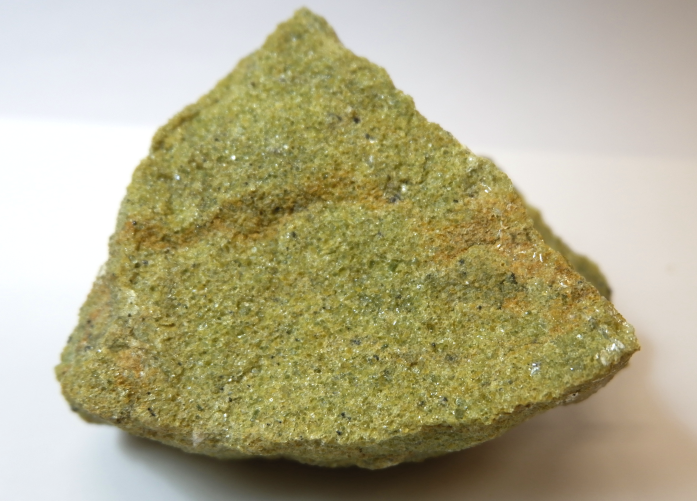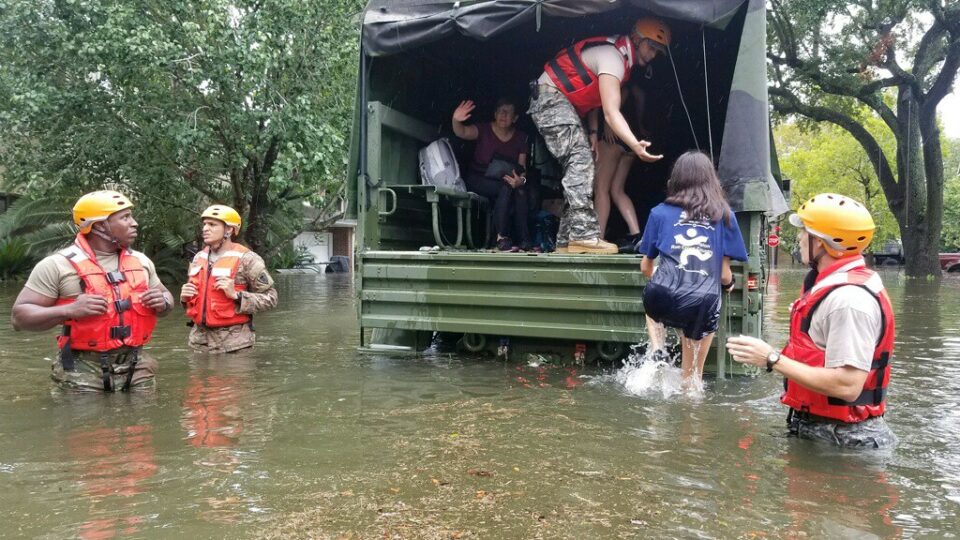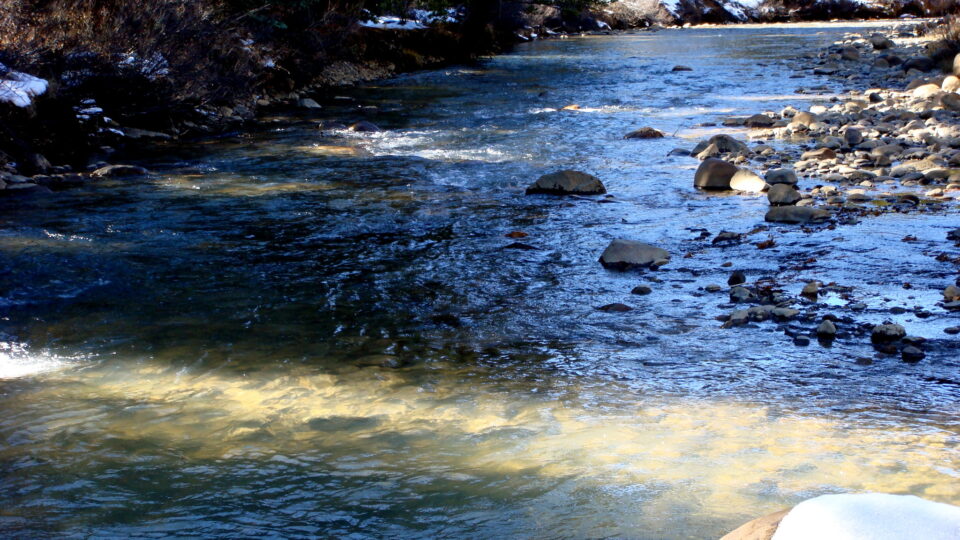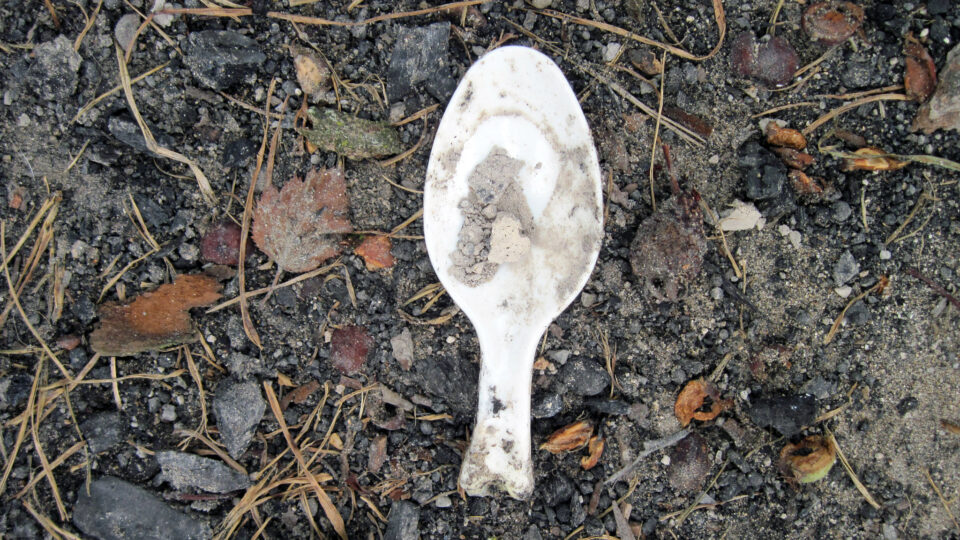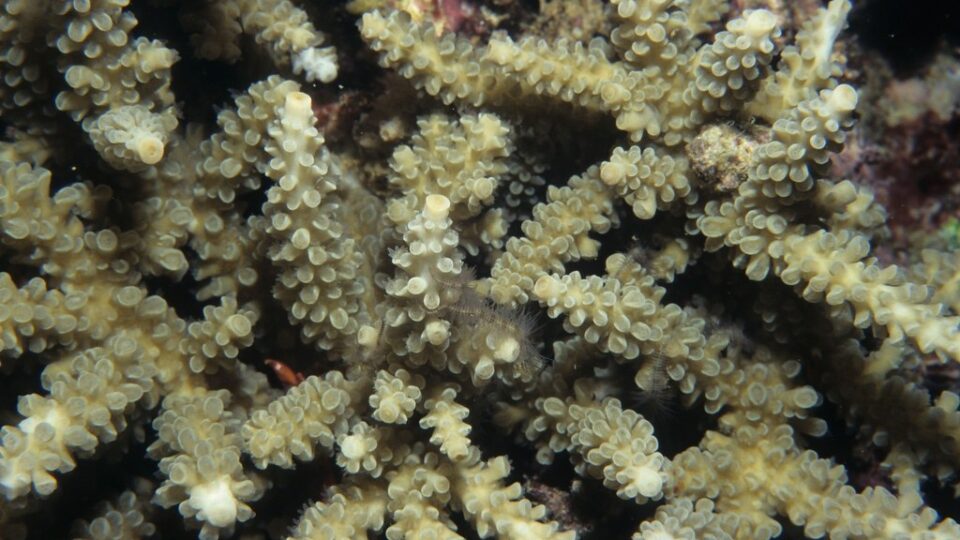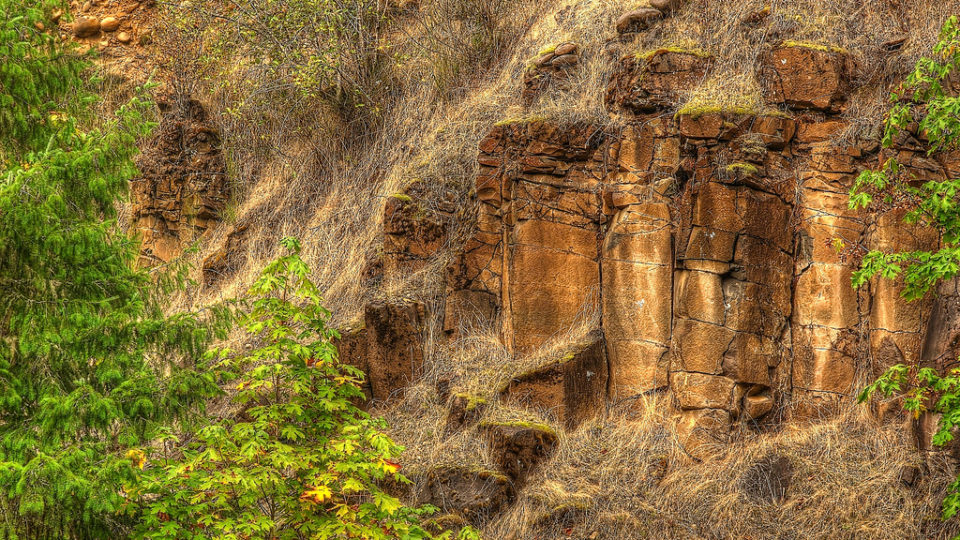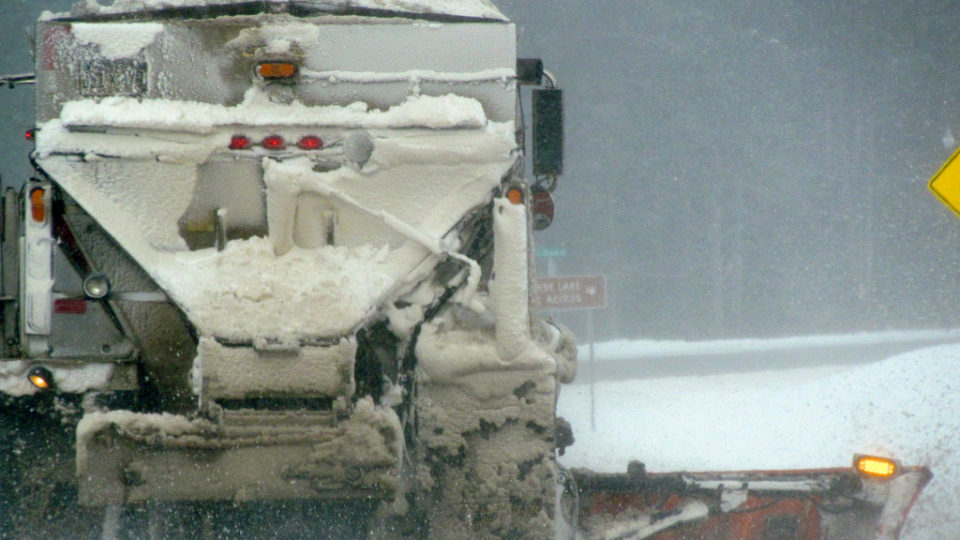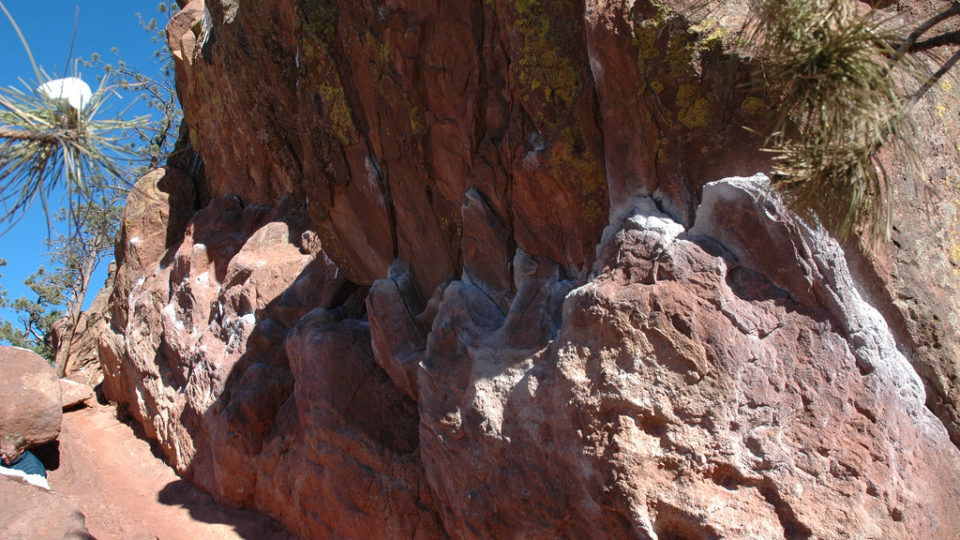About 30% of the carbon dioxide emitted by human activity is absorbed by the oceans. As a result, they are getting warmer and more acidic, and the currents that help shape global weather are shifting. To try to reduce global warming, people want to be able to store even more carbon dioxide in the oceans without the negative effects of doing so.
There are multiple efforts across the globe to achieve effective marine carbon dioxide removal. Some are based on sinking carbon-rich materials to the bottom of the sea. This is the marine equivalent of capturing CO2 from the air and storing it underground. Other efforts involve increasing the alkalinity of the ocean, which increases its ability to chemically react with carbon dioxide as well as lowers its acidity, which is desirable in many ways.
Running Tide, a U.S.-based company, has been dumping thousands of tons of wood-industry waste 190 miles off the coast of Iceland. The company has also been experimenting with dumping algae and kelp and sinking it deep below the ocean. Such materials on land either get burned or decay, in both cases releasing CO2 into the atmosphere. On the deep-sea bottom, the carbon is trapped.
Other efforts involve pumping seawater through electrodialysis filter systems to remove excess acidity or adding alkaline rocks to increase water alkalinity.
All of these efforts are a form of geoengineering, and like proposed ideas to cool the atmosphere, pose potential risks. There is no silver bullet to solve the climate crisis. It will take a combination of many solutions to address the issue of excess carbon dioxide in the atmosphere. Marine carbon dioxide removal is one of the solutions that may play a role.
**********
Web Links
Scientists Are Trying to Coax the Ocean to Absorb More CO2
Photo, posted February 22, 2018, courtesy of Bobbie Halchishak/USFWS via Flickr.
Earth Wise is a production of WAMC Northeast Public Radio




